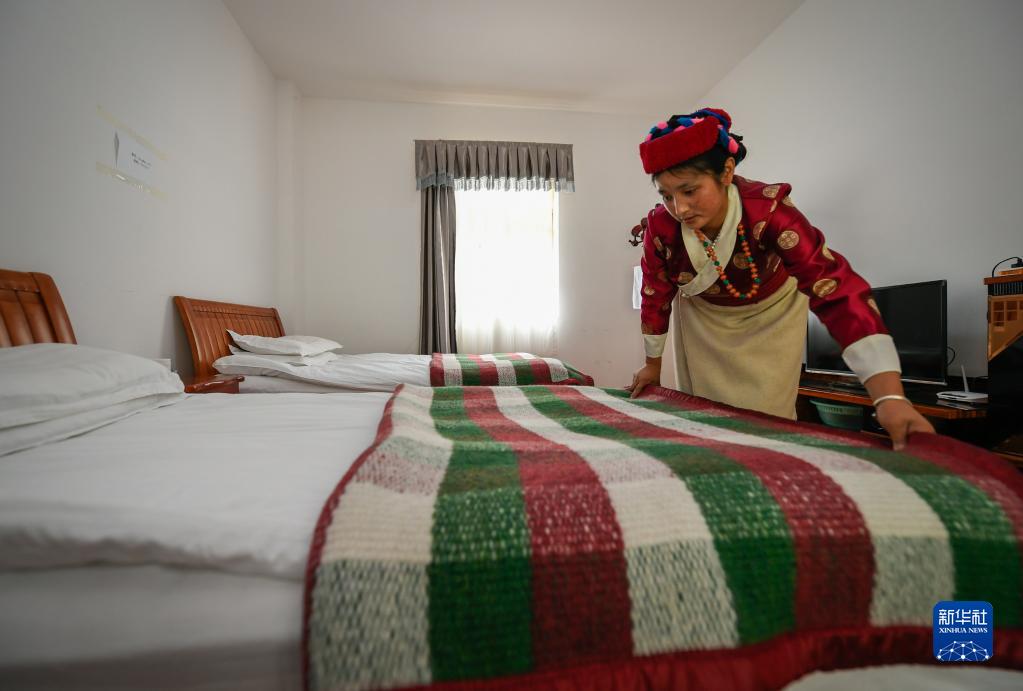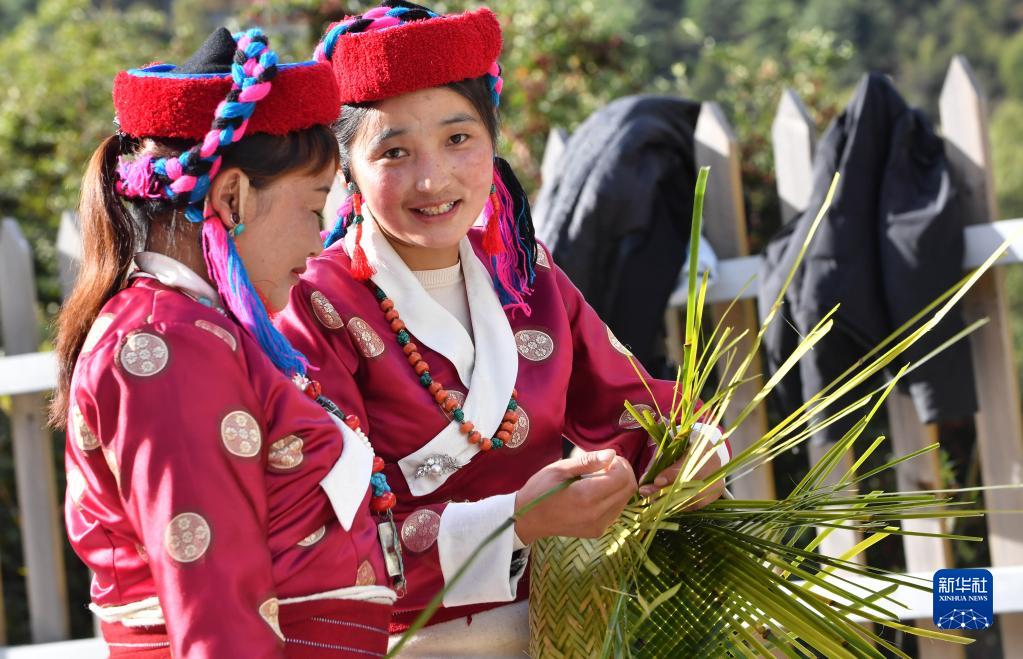Tibet Lebou: "Symphony" in green development
Author:Xinhua News Agency Time:2022.07.01
Baima Zhuoma's family lives in the New Village of Ma Malmen, located on the main road of traffic in Malima Baya National Township, Malunba, Shannan City, Tibet. Today, she has a brand new identity, a boss of farmhouse. The small building in her house has become a homestay in the homestay in the house with catering and accommodation.
In the peak tourist season, we welcomed tourists in the evening glow and sent guests away with Chaoyang. This is the daily work of Baima Zhuoma. Every morning, the mist of Lebou gap gradually dissipated, and the new village of Ma Mamen was hidden in the green mountains and green water, looming.
Lebougou is located in the wrongdoing of Shannan City, Tibet, with an average altitude of about 2400 meters, with a virgin forest area of 360,000 mu. Here are four ethnic townships in La, Gongri, Ma Ma, and Jiba. Most of the residents are Menba people.

This is the corner of the Pakistanic Village of Ma Mamen (shooting of drones). Xinhua News Agency (Photo by Liu Dongjun)
In the midsummer season, walking in the Lob Gully, the stream of streams, the lush virgin forests, and the unique residential houses that are wrong, the beautiful environment makes people linger.
How to achieve high -quality development while protecting the ecology? In 2014, the construction of a well -off demonstration village in the Mama Ecological Civilization of Lobou began to build, and 106 people in the village lived in a new house. At the same time, under the promotion of the construction of a well -off demonstration village in the border, the masses of Ma Ma Village actively cultivated green industries and developed characteristic tourism industries, and played a "symphony" of green development.
"In the past, the traffic was inconvenient in the Labou ditch, and there were not many arable land in each house. The source of income from villagers was relatively single." In Bai Ma Zhuoma, the 7 -year change in the township originated from the construction and infrastructure of Xiaokang Village. A total of 6 houses operated by her family, with a total of nearly 60,000 yuan last year. "Lob Gully is like a blooming rhododendron. Now it is getting more and more beautiful."

Baima Zhuoma in Basmen Barmen Pakama sorted out the bed in his family hotel. Xinhua News Agency (Photo by Liu Dongjun)
The unique geographical environment and climatic conditions provide good ecological conditions for the good plateau tea planted in Lemonba Ethnic Township. However, due to long -term scattered planting and extensive management, the quality of tea is not high, and the industry cannot be formed.
In 2013, Lemonba Ethnic Township established a professional cooperative of tea farmers and herdsmen to use the "party branch+cooperative+mass" operating model to successfully create the "Le Canglian" tea brand. There are currently 210 acres of tea fields in Lexiang. In 2021, the total yield of tea was more than 15,000 pounds. The revenue was more than 2 million yuan.
"We rent the land to the cooperative, not only the land rent, but also the salary of work at the tea factory, and there is a dividend at the end of the year." When talking about future development, the villagers of Le Village Sorlang Qu Zong said full of confidence, hoping that the tea brand can be able to "Go out of the mountains" and let more people taste the alpine tea here.
The buckwheat processing owners of Jimamenba National Township have buckwheat pillows, buckwheat ravioli and bitter buckwheat tea. Villages also operate Gastrodia planting, bamboo editors, and hidden pig breeding. These characteristic industries have become the "rich industry" of the Menba people. Essence

The Menba women in the Lob Gully are weaving bamboo baskets. Xinhua News Agency reporter Jue Guo Photo
Baima Zhuoma told reporters that her farmhouse business is not the best, but even so, at the holidays, her farmhouses are often full. "Life is very happy now," she said.
Relying on the natural and geographical environment and high -quality tourism resources, the people of the Lubou ditch planted alpine tea and ate "tourist rice". All this made this ancient land turn gorgeously, and the green water and green mountains played the "symphony" of green development.
- END -
[Learn and implement the spirit of the 14th Provincial Party Congress] Gangu: The party represents the face of the party to promote the spirit of promoting the spirit of the Provincial Party Congress

Gangu Rong Media In the past few days, Gangu County has organized party representa...
Full Video | "Comprehensive Promoting High -quality Development Perspective" Promotion Platform Gathering and Optimizing Space Layout

播 Source: Shanxi Radio and Television Station37 ° C, high temperature flutter...